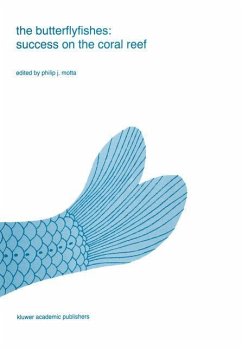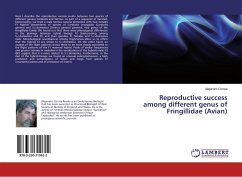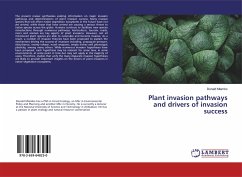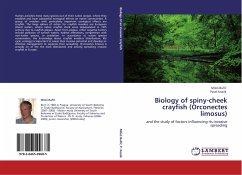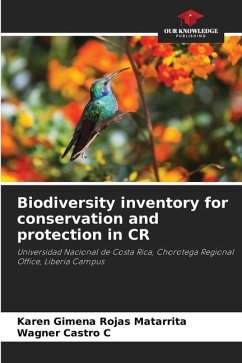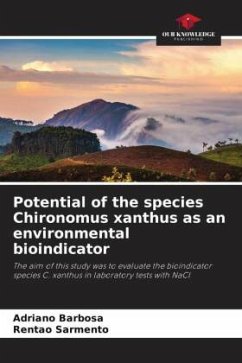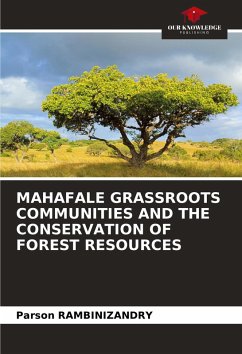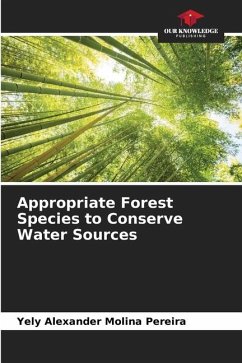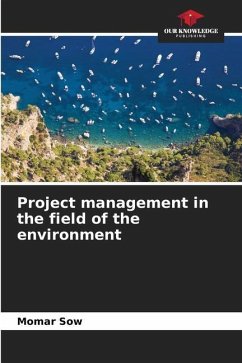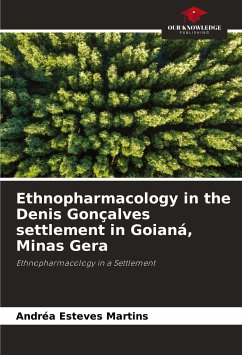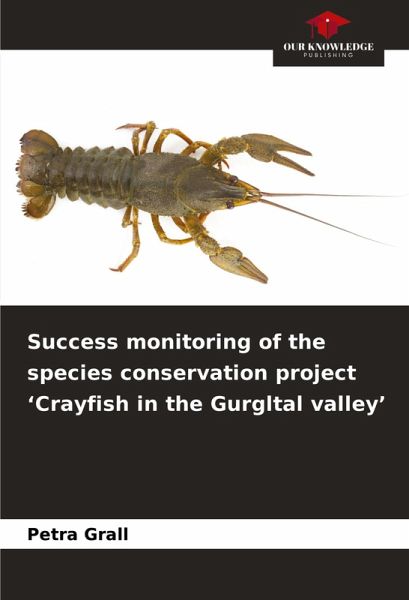
Success monitoring of the species conservation project 'Crayfish in the Gurgltal valley'
Versandkostenfrei!
Versandfertig in 6-10 Tagen
33,99 €
inkl. MwSt.

PAYBACK Punkte
17 °P sammeln!
Crayfish are the largest invertebrates in the aquatic ecosystem and represent an important link in the food chain of functioning water bodies. Due to the destruction of most crayfish populations by crayfish plague, water pollution, habitat destruction as a result of construction and drainage measures, crayfish are now among the most endangered native animal species. As part of the species conservation project 'Edelkrebse im Gurgltal' (Crayfish in the Gurgltal Valley), which was carried out from 2010 to 2014 by the University of Innsbruck supported by the province of Tyrol, new populations of t...
Crayfish are the largest invertebrates in the aquatic ecosystem and represent an important link in the food chain of functioning water bodies. Due to the destruction of most crayfish populations by crayfish plague, water pollution, habitat destruction as a result of construction and drainage measures, crayfish are now among the most endangered native animal species. As part of the species conservation project 'Edelkrebse im Gurgltal' (Crayfish in the Gurgltal Valley), which was carried out from 2010 to 2014 by the University of Innsbruck supported by the province of Tyrol, new populations of this endangered species were created by reintroducing farmed crayfish into selected renaturalised sections of water in the Gurgltal valley. Following the activities in the species conservation project 'Noble crayfish in the Gurgltal valley', this work examines how the reintroduced crayfish populations in the Gurgltal valley have developed and how the findings and the species conservation issue in general can be implemented in teaching.



